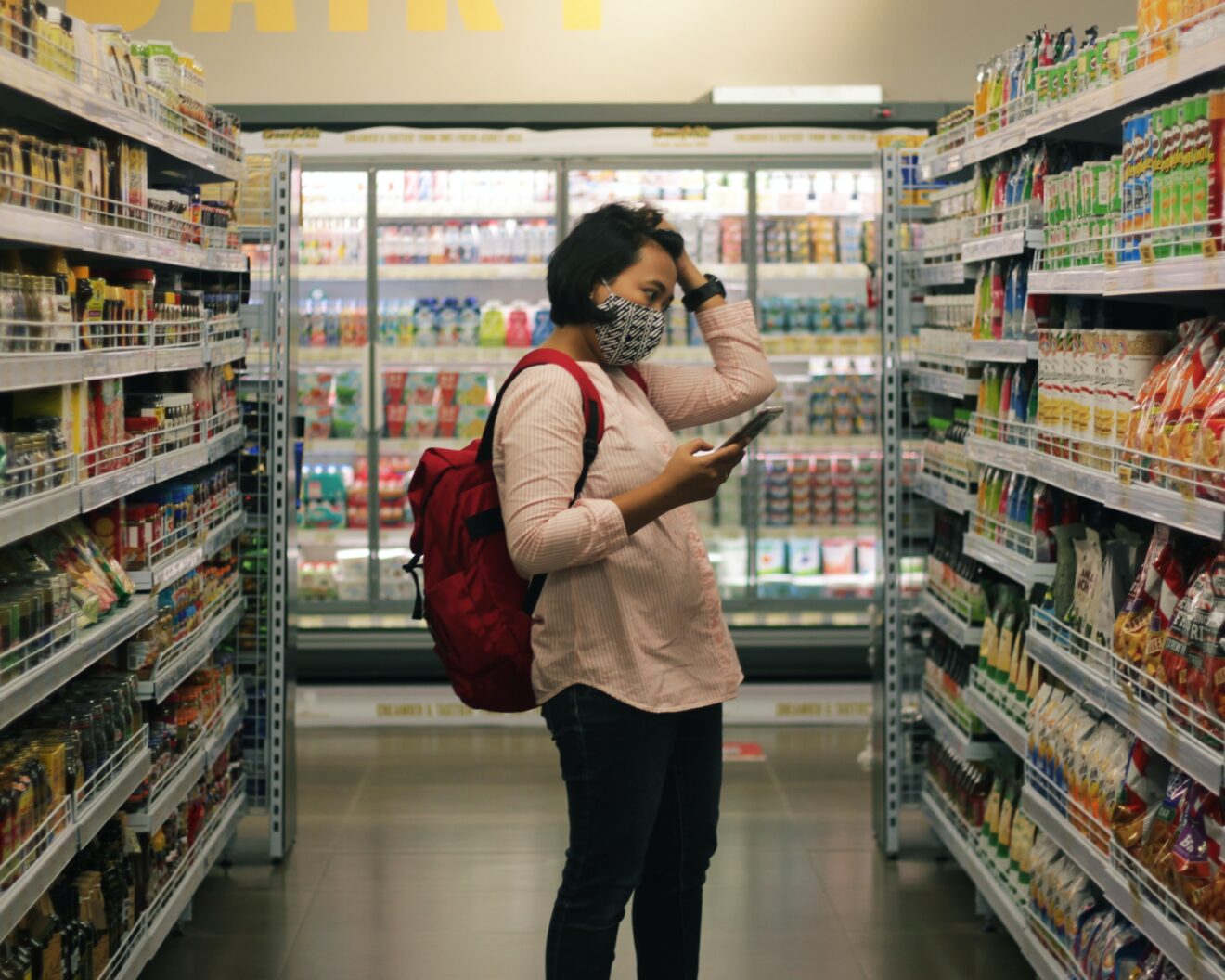Sign up for FMI dailyLead today, free.
How consumers procure groceries, snacks, beverages and meals is a constantly changing landscape reflective of a wide range of events and variables tempered by factors like inflation, supply chain disruptions and health events like the pandemic. As these macro forces impact consumer behavior, shoppers traverse a hybrid world of in-person and online grocery shopping and seek inspiration from an ever-growing number of sources, ranging from a plethora of direct-to-consumer and subscription models, as well as a changing foodservice landscape.
What does this mean for how consumers are navigating the food sourcing landscape today? Our newest study Food Sourcing in America 2022 examines the impact of the ongoing pandemic in terms of food sourcing as well as emerging consumer considerations due to conditions like rising inflation. As many know from direct experience, inflation is at the highest level in the United States in four decades, and to manage the soaring prices on groceries, fuel and numerous categories within household budgets, many consumers are feeling the need to change behaviors when it comes to habits like grocery shopping and eating out.
Recent Hartman research revealed that consumers are keenly aware of changes in a range of prices (e.g., groceries, fuel, housing, utilities, transportation/travel, etc.) and that rising food prices are influencing noticeable changes to their habits. Specifically, consumers reported in May that rising prices were impacting their behavior in everything from grocery shopping and driving to how they eat. In particular, we see that because of higher prices (and as voiced among consumers who report rising prices for at least one type of goods/services):
- 40% say they are eating out less
- 27% say they are buying more store brands
- 24% say they are driving less
- 18% say they are buying less food overall
- 7% say they are buying fewer organic items
- 6% say they are shopping online less
As shown in these findings, the most common areas to economize are discretionary spending (especially eating out but also in purchase categories like organics) and trading out (for less expensive items in general and store brands specifically). Shopping behavior is also changing, as consumers report grocery shopping less frequently, shopping multiple stores to find deals, and buying more items in bulk.
Among consumers who noted rising prices, those in low (<$35,000) and mid ($35,000 to <$100,000) annual household income tiers report having had to make adjustments in how they grocery shop in roughly equal numbers. Among consumers with household incomes of over $100,000 far fewer say they’ve had to make adjustments.
Looking forward
Grocery shopping continues to evolve away from the “traditional” vision of a female homemaker with her weekly meal plan, list and coupons. With more channels and retailers available, more products to consider, and more members of the household participating, grocery shopping has become much more than a simple chore, if it ever really was. Long-term macro shifts in demographics, technology and consumer attitudes and priorities account for this evolution.
Online shopping was already on the rise prior to the COVID-19 pandemic, but many shoppers resisted due to higher costs associated with delivery and their inability to pick out products (especially produce) that meet their standards. Stay-at-home government orders and shopper fears of contracting illness in store helped consumers overcome these barriers, and today’s shoppers are much more comfortable having someone else choose their products and paying delivery fees for the convenience and safety of avoiding store trips. While many have returned to the store as pandemic fears have eased, a hybrid online / in-person shopping strategy has emerged.
Consumers’ financial struggles today are compounded by lingering pandemic-related challenges, and the key hurdle may be different for different consumers. Food and beverage industry stakeholders ranging from CPG to foodservice and food retail need to take a comprehensive view of, and be sensitive to, all the challenges consumers face to optimize a hybrid shopping landscape strategy.
Read more from SmartBrief:
- The changing face of plant-based dining in the digital age
- Plant-based foods that emphasize plants appeal to consumers seeking less-processed foods
- How inflation is affecting decisions in the produce aisle
As CEO, Demeritt drives the vision, strategy, operations and results-oriented culture for the company’s associates as The Hartman Group furthers its offerings of tactical thinking, consumer and market intelligence, cultural competency and innovative intellectual capital to a global marketplace.
_____________________________________________________
If you liked this article, sign up for SmartBrief’s free email newsletter from the Food Industry Association. It’s among SmartBrief’s more than 250 industry-focused newsletters.
